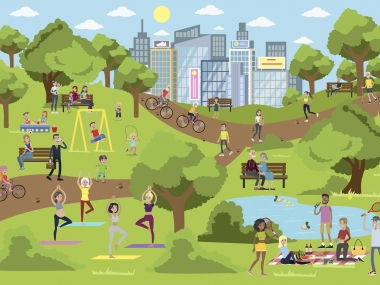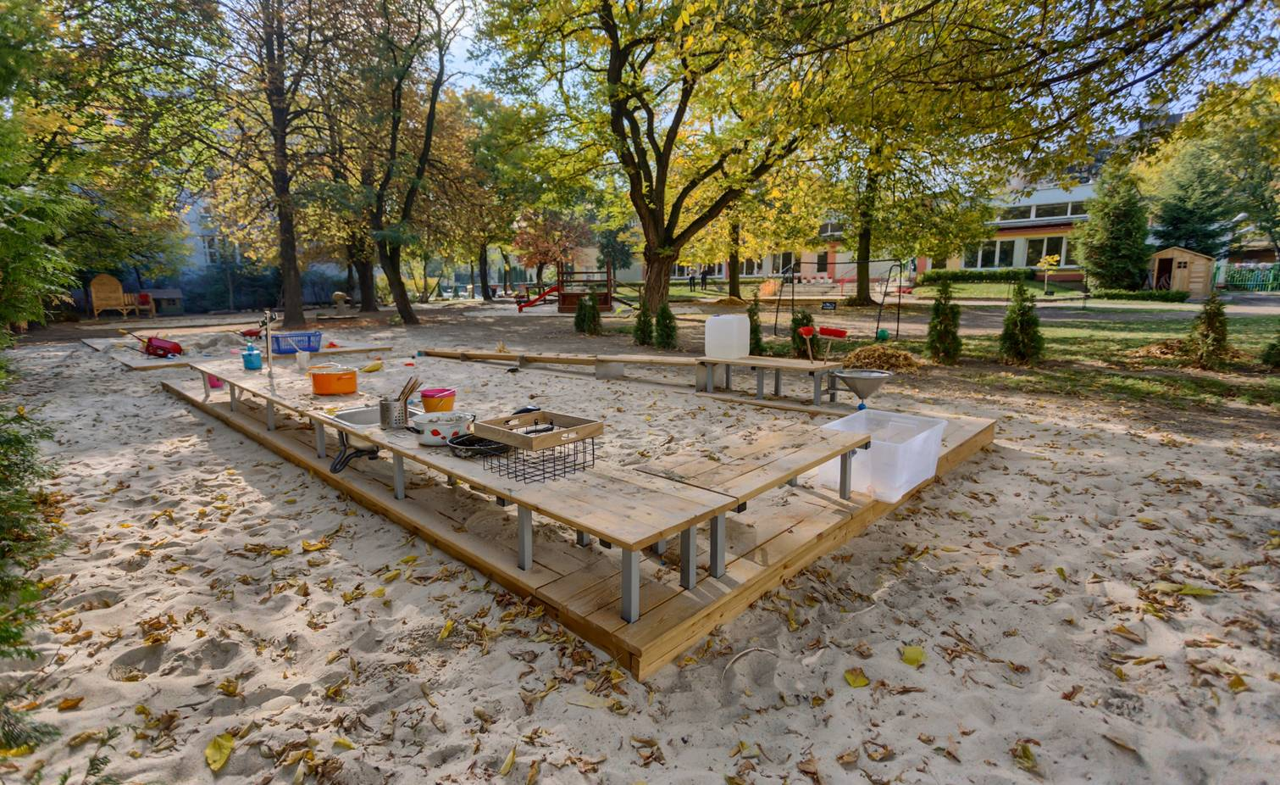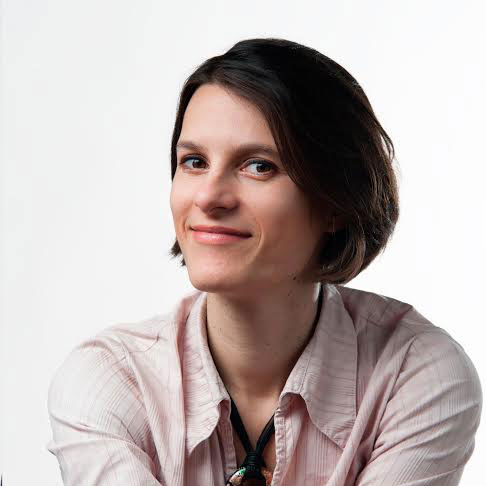Small green space interventions aiming at health benefits can trigger massive change
Edited on
11 January 2022Spending only two hours a week in nature can do a lot for our health, according to a research from the University of Exeter. It was found that positive health benefits peak around 4 hours of exposure to nature. But spending more than 5 hours had no further benefits. The positive impacts were evident for both young and old, men and women, and for people with different health status. Furthermore, it is not necessary to do physical exercise for health benefits, it is sufficient to simply sit on a bench.

The URBACT Health&Greenspace Network, developed by 9 European cities, promotes health-oriented planning and management of urban green spaces. Actions targeted by the network are linked to both physical change to the green space and facilitated programmes that aims at increasing use of green urban areas. Health&Greenspace addresses the various pathways from nature to health and wellbeing.
Ever since the pandemic started, parks and greenspaces in cities were getting a lot more attention from both residents and urban practitioners than usual. When the pandemic hit, people suddenly found themselves stuck inside, and access to greenspace took on a whole new importance. During Covid restrictions green spaces became the first places where social interactions were possible. Experience also indicates that people became significantly more health-conscious since the emergence of Covid-19. These developments were clearly beneficial for us, providing increased visibility for our network. The pandemic became a sort of amplifier that gave emphasis to our messages. The shifts in priorities were clearly perceptible across partner cities of Health&Greenspace during the development of local stakeholder groups, as local networks were growing rapidly with representatives of quite different sectors becoming open to the topic addressed.
A great variety of approaches are taken by partner cities of the network, showing the various possible pathways linking green spaces to health and wellbeing. Examples for actions embraced by partners include transformation of an avenue into a green cooling corridor, the development of health-nature trails, or natural play spaces, planting oleanders along a busy road to capture air pollutants, the creation of educational routes and sites, the identification and protection of quite green areas with the help of citizen science, organization of rehabilitation walks in urban forests for cardiac patients, or the transformation of a railway corridor into a linear park.
Small steps can have a big effect
Although larger-scale investments are also promoted by Health&Greenspace, there is a strong focus on small-scale interventions in the network, and this is on purpose, to enable the promotion of low-cost solutions that can be easily transferred to other cities. Within the network a number of small pilots have been seen to become the starting point of more complex actions.
A great example for a temporary intervention growing bigger over time is provided by Tartu, one partner cities of Health&Greenspace. A section of a main road was closed off to traffic for a whole month during summer in 2020, providing space for social interactions. As part of the scheme meadow boxes were placed on the road. A beach bar was opened, and the street section accommodated also an outdoor reading room, a market, picnic tables, an outdoor cinema, and various programs. The initiative was extremely popular with about 5000 visitors each day, so the city carried on with the activity also in summer 2021.
After the event the City of Tartu was confronted with a specific problem: how to store the large plant containers that were installed on the road? The city team came up with a solution to use them as temporary street furniture, space dividers, safety bollards or to simply green paved areas with them. Tartu has even purchased 30 additional large plant containers to use them in different urban situations where fast temporary changes are needed. One example for these is the development of pop-up cycle paths. In order to ensure public acceptance of future permanent changes in traffic situations, instead of beginning with a complete reconstruction, new cycle routes will be marked with pop-up installation of plant containers.

Car-free Avenue, Tartu (Source: Mana Kaasik)
In Poznan as part of a pilot activity natural playgrounds were created in the yards of several kindergartens providing direct contact with nature and supporting creative play. Under the initiative natural materials were used, such as wood, stone and sand, and playing facilities made of living plants, like willow tunnels and shelters were introduced, together with earth structures. Building on the popularity of the project the City of Poznan aims to launch a long-term programme, under which annually 2-3 pre-school gardens will be transformed into natural playgrounds, as well as another scheme aiming at the introduction of elements of blue and green infrastructure into four schoolyards.
Cooking with available ingredients
The Health&Greenspace network urged partners to build on already existing initiatives to safeguard valuable local schemes. This approach turned out to be a rewarding strategy as in many cases ongoing initiatives became building blocks of larger actions.

Natural playground in Poznan
In Hegyvidék, the 12th District of Budapest, the ‘Active Hegyvidék’ program has been offering for years free outdoor physical activity sessions for local residents. The program includes a wide range of activities, such as running, Nordic walking, aerobics, Zumba, and gentle gymnastics for the elderly. In the local stakeholder group established under Health&Greenspace representatives of health care institutions highlighted that the promotion of the sessions of the ‘Active Hegyvidék’ program among cardiac patients as part of their rehabilitation could bring substantial benefits. For cardiac patients, regular outdoor physical activity can be life-saving, especially if they had undergone cardiac surgery.
The municipality identified ‘green prescription’ as an appropriate tool for linking cardiac rehabilitation with the Active Hegyvidék program. Green prescription is a written advice of a health professional to a patient to participate in some sort of nature-based activity. It is a cheap tool promoting disease prevention and rehabilitation that can also support the strengthening of local communities. Under the scheme simple paper blocks for green prescriptions will be distributed among general practitioners who can indicate the type of activity recommended on the paper. The prescription will indicate the telephone number of the call centre operated by Active Hegyvidék where information on the available activities will be provided. According to the plans, on top of physical activity sessions, various thematic walks, such as local heritage walks, or bird watching walks will also be promoted by green prescriptions.
The KULPS programme has been in place in the City of Espoo for a number of years under which pre-school and primary school children participate in culture or sport related guided tours as part of their curriculum. Pupils visit museums and libraries, attend concerts or performances, and participate in sports activities. With an increasing focus on the health benefits of green space exposure, the scope of the scheme will be expanded, to include in the future also outdoor activities in nature.
Bringing life to existing green spaces
One of the key goals of Health&Greenspace is the animation of existing green spaces. Smaller-scale outdoor social activities can effectively animate parks, be them cultural, education and physical activity programs, or simple get-togethers. Outdoor organized activities are particularly efficient in encouraging park use for physical activity, they can significantly increase the perception of security in a park, and enhance community cohesion.
Quite diverse approaches are taken by partner cities of Health&Greenscape to galvanize natural environments in urban areas. In summer 2020, afflicted by Covid restrictions, Suceava in Romania organized temporary outdoor theatre performances in a park near the city centre, which allowed social distancing. Due to their popularity the open-air events were held also in summer 2021. In Santa Pola, Spain, the municipality started to offer free gym sessions for seniors at the beach during the pandemic, and the program became so popular among residents that other private trainers quickly followed suit and started to organize their sessions on the beach. In Sicily the City of Messina organizes bird watching activities for schools and families. Limerick, Ireland organized regular outdoor education sessions for primary school students and held orienteering events and training courses. Breda in Holland experimented with an environmental educations scheme that demonstrated for local residents how an ecological corridors work in a city.

Senior gym at the beach, Santa Pola
As demonstrated by the partner cities of Health&Greenspace, small green space interventions, both physical changes and social activities can trigger a massive change and lead to larger actions promoting positive health outcomes. It is a practical and resource-efficient strategy for cities aiming for a change in this field, to build on already existing initiatives, linking them to each other, upscaling them, or using them for the development of spin-offs. The organization of social activities in green space is also a simple and cheap means of supporting health promotion.
By Tamás Kállay, Lead Expert of the URBACT Health&Greenspace Network
***
Tamás Kállay is an expert on green spaces and sustainable resource use. He currently acts as an URBACT Lead Expert of the Health&Greenspace Network that promotes health-oriented planning and management of urban green spaces. He is also an UIA Expert of the CLAIRO project, that aims at improving air quality with the use of nature-based solutions. He specializes in health-oriented green space design, sustainable resource use, circular economy, air quality and policy analysis. For 10 years he was working at the Regional Environmental Center for Central and Eastern Europe (REC), where he was the leader of the Sustainable Resource Use Topic Area. Tamas was involved in a number of policy studies for the EC and EEA in the fields of resource use, air quality and industrial emissions.
(cover photo source: milwaukeeindependent.com)
 Submitted by Viktoria Soos on
Submitted by Viktoria Soos on
